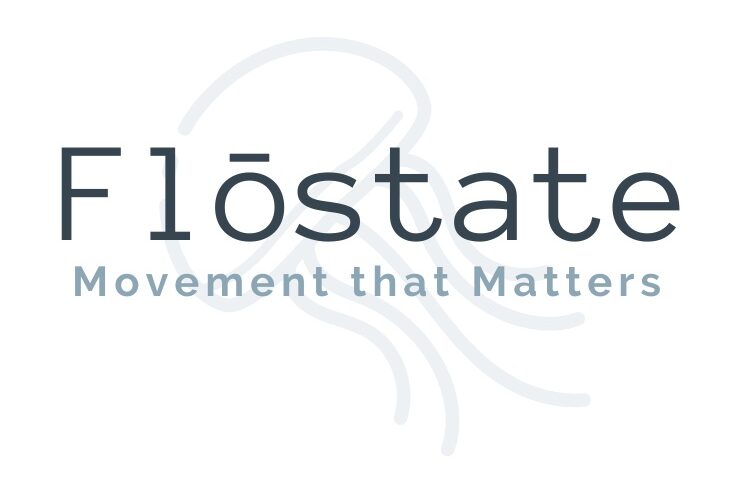You go to sleep excited about tackling that early morning workout, but you wake up feeling … tired (of course) and the warm bed feels like a magical cocoon of sorts. Maybe I’ll hit snooze just one more time?
If this is where you find yourself most mornings, you are not alone. As the days get shorter, the nights get longer, and air gets colder, your bed and the snooze button can become not only your habit, but your achilles heel.
How do we overcome this and “just get out of bed”?
- Plan ahead. Have a clear vision for exactly what you are going to do when you wake up and how much time you need to achieve it. “I’m going to do the 30 minute Total Body Strength Circuit workout today.”
- Tip: Set your workout clothes next to your toothbrush the night before. (Make this as easy as possible.)
- Find a workout partner that is willing to commit to getting up at the same time and for a workout.
- You can text each other in the morning to make sure the other is up. Meet up and exercise in person together. Or, you can both login and do your on-demand workout while on speaker phone and laugh and chat together.
- Enlist your spouse to push you out of bed. Although somewhat risky – this can be highly effective. 🙂
- Decide that come hell or high water, you are going to drag your butt out of bed and get to business.
- This is where your determination and grit are needed. You cannot rely on how you “feel” in the morning. (We always feel tired…) This is a decision, not a feel-good moment. You are allowed to be grumpy. Just do it.
- The first 5 minutes are the worst. It gets better after that!
- Tip: If you are a coffee drinker, imagine that warm cup of coffee in your hands and let that pull you into consciousness!
In Summary:
- It always sucks getting up early in the morning. It’s just a fact. You are human, and oftentimes, this is how we feel in the morning.
- When you do drag yourself out of bed and actually do what you said you would do, it feels amazing. You will have a more productive and energizing day. Most importantly, you will feel good about yourself and the accomplishment.
Grab your yoga mat and skip the snooze! Your personal sense of accomplishment and thoughts of, “Oh my gosh I actually did what I said I was going to do” can be a very powerful motivator. You’ve got this!
